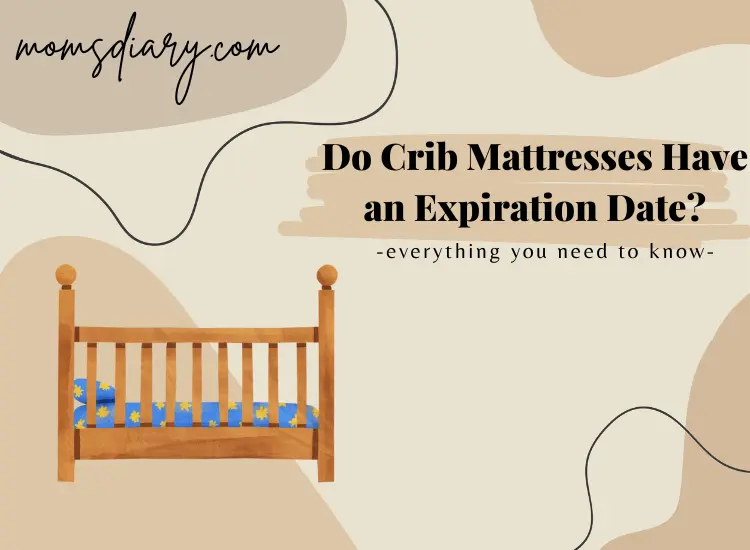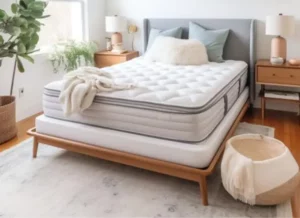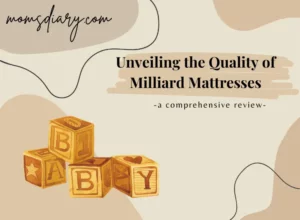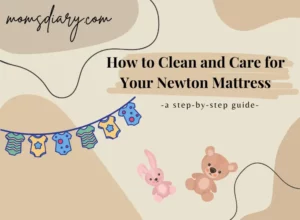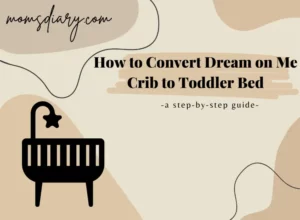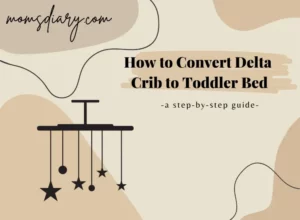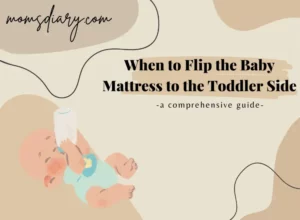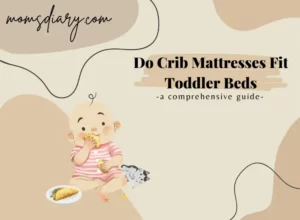When it comes to your baby’s sleep environment, ensuring safety and comfort is paramount. As you prepare for your little one’s arrival, you may wonder do crib mattresses have an expiration date.
In this guide, we will delve into the question of whether crib mattresses expire. We will explore the factors that can affect their lifespan and provide guidance on when to consider replacing a crib mattress.
Let’s uncover the truth and make informed decisions for your baby’s well-being.

Understanding the Lifespan of Crib Mattresses
Crib mattresses, like any other product, are subject to wear and tear over time. However, determining an exact expiration date for crib mattresses can be challenging. Instead, it is essential to consider various factors that can influence their lifespan:
Quality and Materials
Durability of Construction
A well-constructed crib mattress made from high-quality materials is likely to have a longer lifespan. Mattresses with durable components, such as sturdy coils or dense foam, tend to withstand extended use without compromising support or comfort.
Material Resilience
The resilience of the mattress materials can impact its longevity. High-quality materials that resist sagging and maintain their shape over time are less likely to require replacement compared to mattresses that lose their structural integrity quickly.
Maintenance and Care
Regular Cleaning and Hygiene
Proper cleaning and maintenance practices can prolong the lifespan of a crib mattress. Regularly cleaning and sanitizing the mattress, protecting it from spills and stains, and using a waterproof mattress cover can help prevent damage and extend its usability.
Avoiding Moisture and Mold
Exposure to moisture can lead to the growth of mold and mildew, compromising the mattress’s integrity and creating potential health hazards. Proper ventilation, moisture control, and prompt addressing of any spills or accidents can help mitigate the risk of mold and extend the lifespan of the mattress.

Signs That Indicate the Need for Replacement
While crib mattresses may not have a specific expiration date, certain signs suggest it is time to consider replacing them for your baby’s safety and comfort:
Sagging or Visible Wear and Tear
Loss of Support
If you notice significant sagging or uneven areas on the mattress surface, it may indicate a loss of support. A mattress that no longer provides adequate support can compromise your baby’s spinal alignment and sleep quality, necessitating a replacement.
Visible Damage or Weakness
Visible signs of wear and tear, such as frayed edges, broken or protruding springs, or torn covers, pose safety risks. Such damage can lead to potential injuries or discomfort for your baby, indicating the need for a new mattress.
Hygiene Concerns
Persistent Odors
If despite thorough cleaning, your crib mattress retains persistent odors that may indicate mold, mildew, or other unhygienic conditions, it is advisable to replace it to ensure a healthy sleep environment for your baby.
Allergies or Sensitivities
If your baby develops unexplained allergies, respiratory issues, or experiences frequent discomfort while sleeping, it is worth considering whether the crib mattress is contributing to these problems. In such cases, replacing the mattress with a hypoallergenic option may be beneficial.

Best Practices for Crib Mattress Longevity
To maximize the lifespan of your crib mattress and ensure your baby’s safety and comfort, follow these best practices:
Invest in a Quality Mattress
Choose a crib mattress made of high-quality materials and construction to enhance its durability and longevity. Look for mattresses that meet safety standards and have positive customer reviews.
Use a Mattress Protector
Using a waterproof and breathable mattress protector can safeguard the mattress from spills, stains, and moisture, preventing premature damage and prolonging its usability.
Regularly Clean and Maintain
Follow the manufacturer’s instructions for cleaning and maintaining the mattress. Regularly clean and sanitize the surface, address spills promptly, and ensure proper ventilation to prevent mold growth.

Rotate and Flip
Where applicable, rotate and flip the mattress periodically to distribute wear evenly. This practice can help prevent sagging and maintain the mattress’s supportive properties for a more extended period.
Conclusion
While crib mattresses may not have a predetermined expiration date, their lifespan is influenced by factors such as quality, materials, and maintenance.
Regularly assess the condition of the mattress, looking for signs of wear, sagging, or damage. When signs of deterioration become apparent, prioritize your baby’s safety and comfort by considering a replacement.
By understanding the factors affecting crib mattress longevity and practicing proper maintenance, you can provide your little one with a safe and comfortable sleep environment.
You might also be interested in:
How To Elevate Your Crib Mattress
Where to Donate a Crib Mattress?
How To Lower Your Crib Mattress
